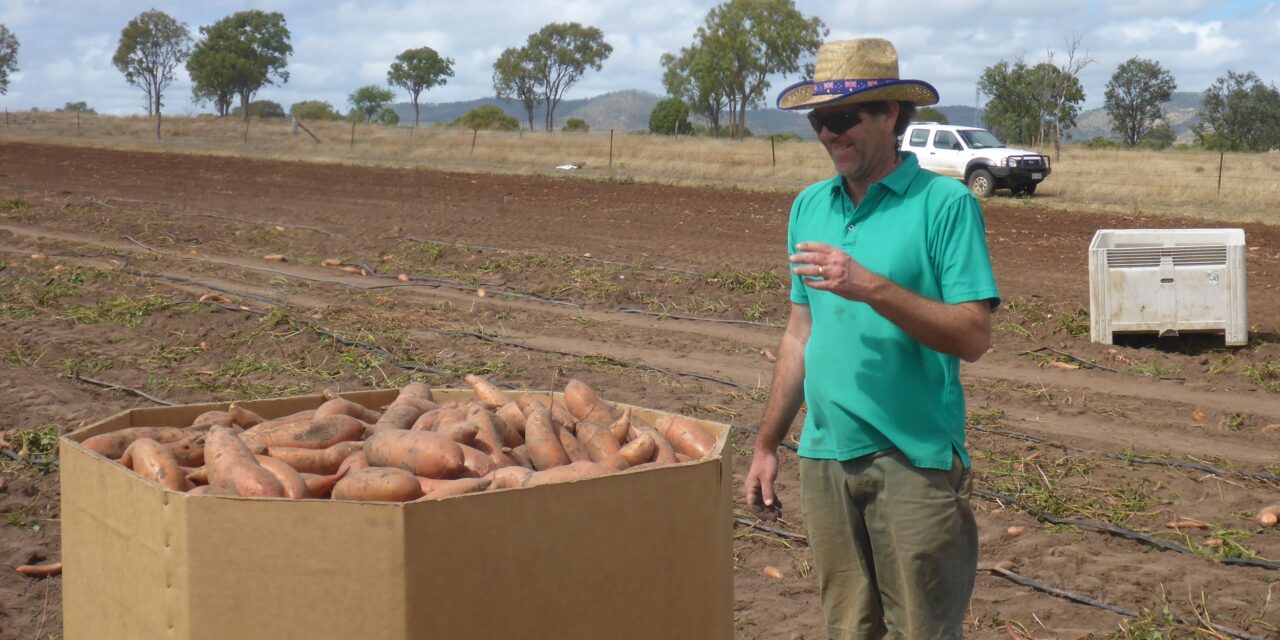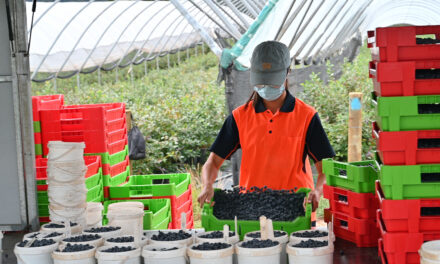The size and shape of sweet potato roots significantly influence sprout production, according to new CQUniversity research.
PhD graduate Craig Henderson has spent the past few years researching how to improve the efficiency and quality of sweet potato sprout production in Australia, with findings that are relevant globally.
“Australian growers rely on producing their own planting material to ensure high-yielding crops,” Dr Henderson said.
“This process involves burying virus-free sweet potato bedding roots (similar in size and shape to supermarket sweet potatoes) in nursery plant beds on their farms. The sprouts that emerge are cut when they are about 30-40cm long and used for planting.
“I studied how the size and shape of these bedding roots, along with their installation and management in nursery beds, affect the number and quality of sprouts.
“My research also examined how nitrogen fertiliser influences sprout growth.”
The study found that medium-sized roots (5cm to 8cm wide) were the most efficient, producing high-quality sprouts without wasting space or being unnecessarily costly.
“Cutting sprouts at the right time is crucial. Harvesting too early in particular reduces both the quantity and quality of usable sprouts,” Dr Henderson said.
“Nitrogen fertilisation of plant beds had less impact than expected. Possibly there is substantial nitrogen fixation by beneficial bacteria within the bedding roots, however this needs much more investigation.”
Dr Henderson said the study also found that fungal and bacterial diseases in nursery beds, especially during wet weather, were a major issue and could significantly reduce sprout production.
“Some recommendations, such as the ideal size of sweet potato roots for planting, the optimal timing for sprout cutting and adjustments to plant bed installation and irrigation practices, are already being adopted by growers,” he said.
“However, further research is needed to address disease management in nursery beds, which remains a significant challenge.”
In the meantime, Dr Henderson said through adopting the findings, producers could optimise their bedding root orders and nursery bed management to maximise high-quality sprout production per square metre, saving money and time; better estimate the area of nursery beds needed to produce sufficient planting material for their fields; and reduce losses caused by disease through improved plant bed construction and irrigation practices.
“These improvements are expected to result in higher yields and lower production costs for sweet potato farmers,” he said.
When shape and size really do matter








